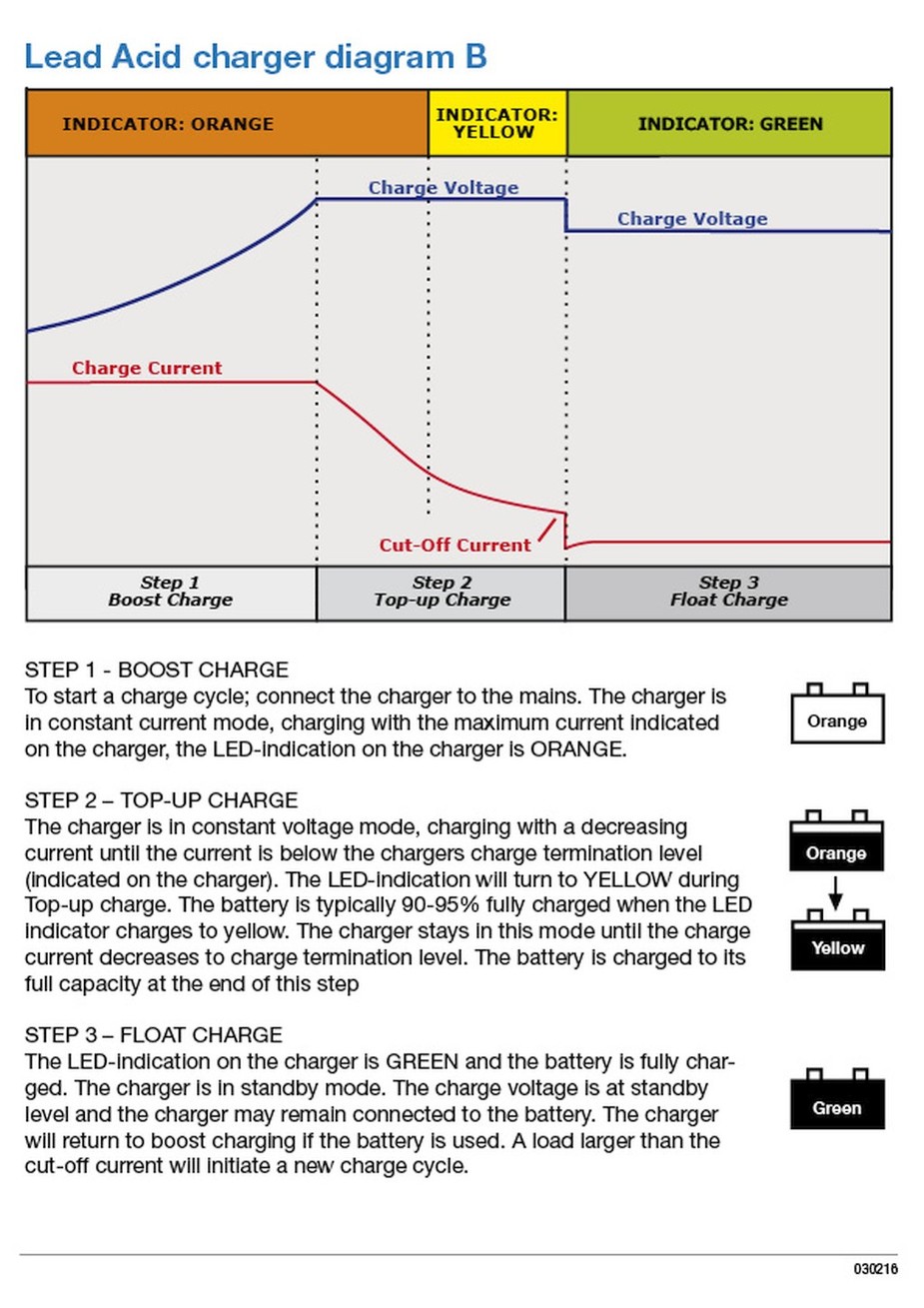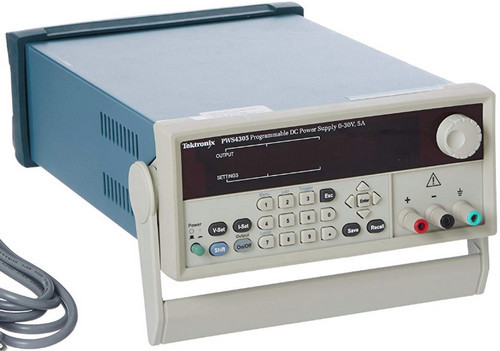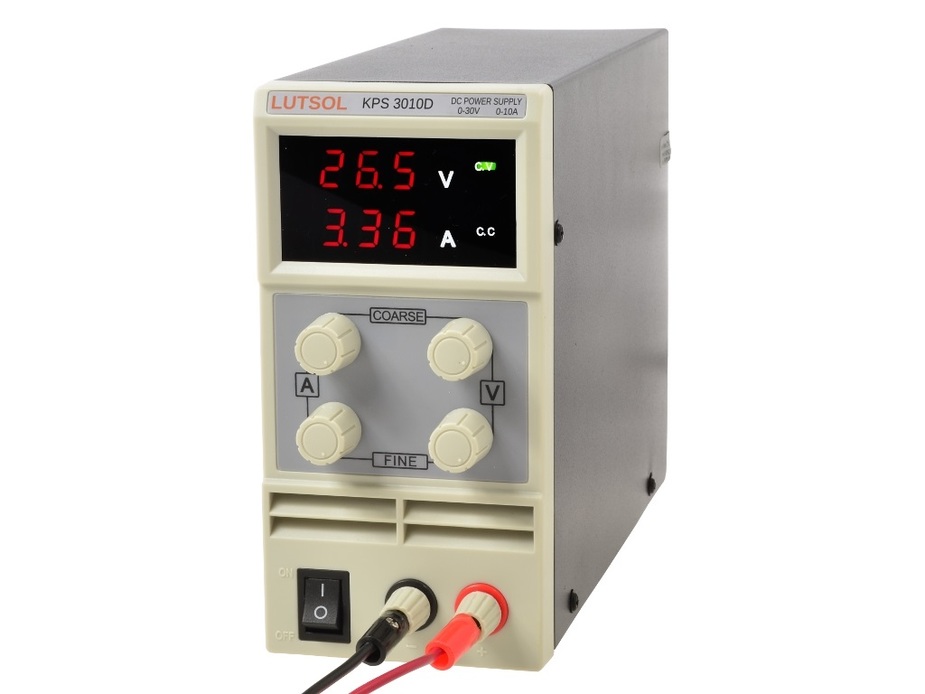LeSving wrote:
The basics of charging a lead-acid is this:
It is important to mention, however, that float charge is only supposed to kick in when the battery is fully charged. It does not charge it any further but merely compensates for self-discharge and can be maintained indefinitely long. Also, automatic chargers are usually not universal – they are not only programmed for a specific battery chemistry, but also for a specific range of battery capacity. I haven’t seen an automatic charger that would properly handle, for example, everything from 5 to 200 Ah.
I did a lot of “experimenting” with this when purchasing a (experimental for avionics) galvanic barrier that also was supposed to charge a backup battery. I tested on my table to see if it all worked before installing in my plane. It ended up burning. The galvanic barrier was complete toast when hooking up, even a fully charged, battery. I ended up getting in contact with Mascot, a producer of power supplies, chargers and those kind of stuff. The basics of charging a lead-acid is this:

The float charge is very important to keep the battery lasting for the prescribed time.
The CTEK ones do reconditioning and actually improve the battery. Previous posts on this in the CTEK thread.
Otherwise, a lead acid battery doesn’t need “automatic” anything. It draws current according to its cell voltage, its internal resistance, and the voltage of the source. Once the cell voltage reaches the source voltage, the current becomes zero, or negligible. Lithium chemistry needs a more complex process…
OK, so the choice is between a generic Power Supply or an “automatic” battery charger.
So the question is : Is there a clear advantage to using an “automatic” charger ?
This is what distrelec is for  I don’t know what’s special about an “aircraft battery” charger, but they got tons of industrial chargers, from the simplest to the most advanced.
I don’t know what’s special about an “aircraft battery” charger, but they got tons of industrial chargers, from the simplest to the most advanced.
The one shown on my photo is certainly one of the cheapest but I’ve had it for a year and half and it has been working flawlessly. At low power levels it’s completely silent, at higher ones it periodically turns on its cooling fan.
Thanks guys. I did actually buy a [cheap] power supply a couple of years ago, but it died almost immediately after I purchased it !
Maybe a more robust unit would be best.
I agree (a 28.0V supply with a variable current limit is great) and I use this

and I have found some real bargains here but one needs to be a bit careful if you start with a totally dead battery. One has to bring the current up slowly until the voltage is around 23V, to avoid damage.
I used to rely on various automatic chargers until I decided that if you know what you are doing, the most flexible and versatile device for the shop is a plain bench power supply. It gives you constant voltage and constant current charging to values of your choice, shows the actual values, and can be used for things other than charging. Mine is 0-30 V, 0-10 A, and can be bought for €60 or so:
